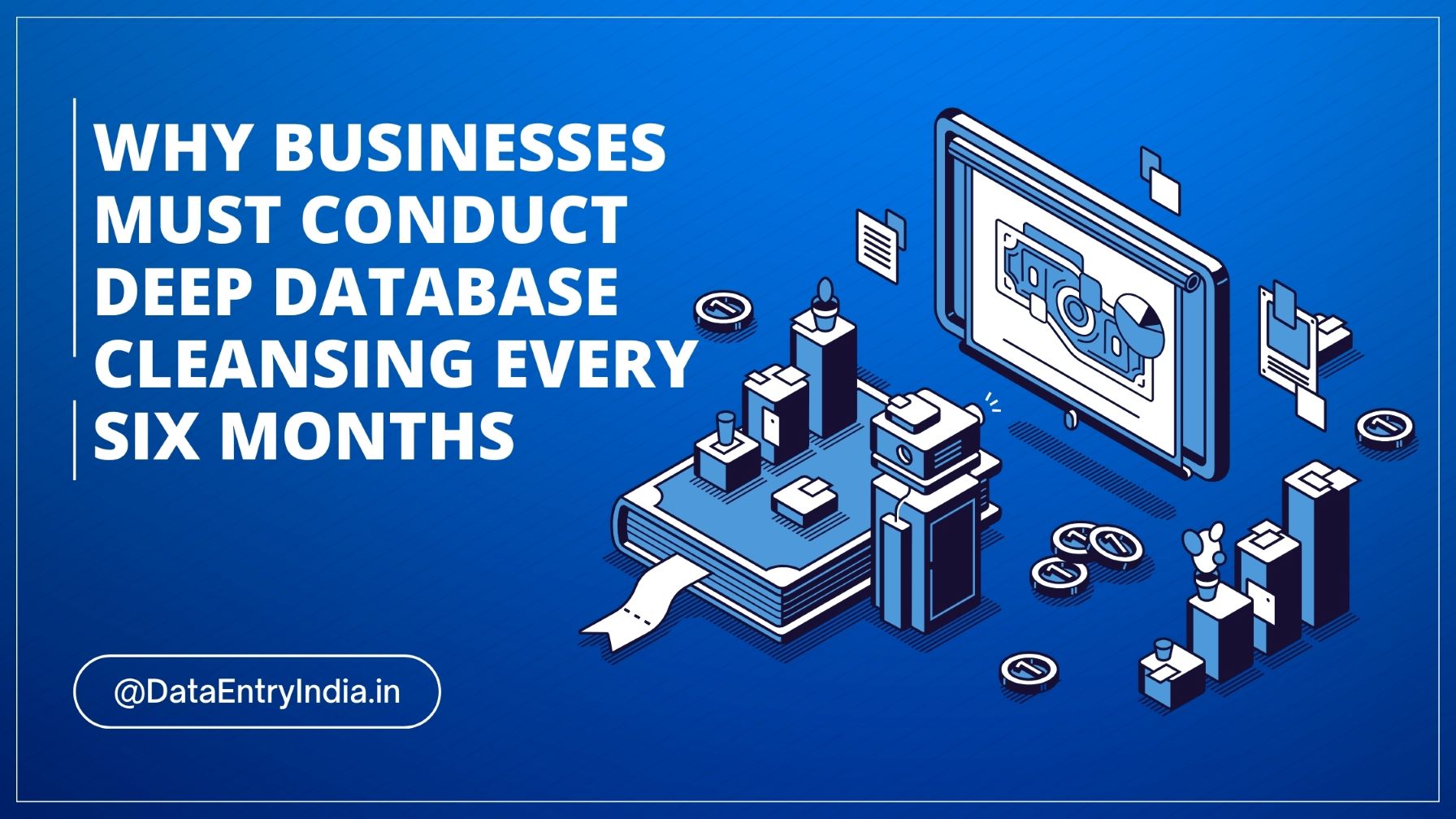Online Mutual Fund investing has revolutionised the way investors participate in the financial markets. With the convenience of user-friendly platforms, individuals now have greater access to a wide range of Mutual Fund options.
From understanding the basics of Mutual Funds to choosing the right funds, creating a diversified portfolio, and navigating the online investment process, this comprehensive guide aims to address these points and provide a step-by-step approach to mastering how to invest Mutual Funds online in India.
Understanding Mutual Funds
Before diving into mutual fund investments, it is essential to understand what mutual funds are and the various types available.
Definition and Types of Mutual Funds
Mutual Funds pool money from many investors and invest it in a variety of securities such as equity shares, bonds, and other assets.
The different types of Mutual Funds include:
- Equity funds are primarily invested in stocks.
- Debt funds are funds that invest in fixed-income securities such as corporate bonds and government securities.
- Hybrid funds invest in both stocks and fixed-income securities.
- Funds that focus on specific industries, such as technology or pharmaceuticals
- Thematic Funds: These funds invest in specific themes or trends, such as ESG (Environmental, Social, and Governance) investing.
Equity shares form a major part of many Mutual Fund portfolios, offering the potential for higher returns but also carrying higher risks.
Benefits of Investing in Mutual Funds
Diversification:
Spreading investments across various asset classes and sectors reduces risk
Professional management:
Expert fund managers actively manage the portfolio
Liquidity:
Easy to buy and sell units of mutual funds
Flexibility:
Options for Systematic Investment Plans (SIPs) and lump sum investments
Risks associated with mutual fund investments
- Market risk: The possibility of losses due to fluctuations in market prices
- Credit risk: The risk of default by issuers of debt securities
- Interest rate risk: The impact of changes in interest rates on fixed-income investments
Choosing the Right Mutual Fund Platform
Selecting the right platform for your Mutual Fund investments is crucial. Here are some factors to consider:
User interface and ease of use:
The platform should be user-friendly and easy to navigate
Customer support:
Efficient and responsive customer support is essential
Research tools and resources:
Availability of research reports, investment tips, and recommendations
Fees:
Compare the prices and costs of various platforms to make an informed decision
Importance of research and user reviews
Before settling on a platform, reading user reviews and gathering insights from experienced investors is essential. This will provide a better understanding of the platform’s strengths and weaknesses.
Getting Started: Opening a Demat and Trading Account
A Demat Account is a vital aspect of investing online in Mutual Funds.
The Importance of a Demat Account for Mutual Fund Investments
A Demat account holds your securities electronically, making tracking and managing your investments easier.
Steps to open a Demat and Trading account
- Select a SEBI-registered Depository Participant (DP).
- Fill out the account opening form and upload the necessary documents.
- Complete the In-Person Verification (IPV) process
- Receive your Demat account number and start investing
Required documents and verification process
- Proof of identity (PAN card)
- Proof of address (Aadhaar card, Passport, or Utility bills)
- Bank account details (cancelled cheque)
- Passport-size photographs
Assessing Your Risk Tolerance and Investment Goals
Before investing in Mutual Funds, evaluating your risk tolerance and setting clear financial goals is crucial.
Importance of knowing your risk appetite
Understanding your risk tolerance helps you make investment decisions that align with your financial objectives.
Setting SMART financial goals
SMART goals are Specific, Measurable, Achievable, Relevant, and Time-bound. Determine what you want to achieve, the amount needed, and the time frame for reaching your goals.
Aligning investment choices with risk tolerance and goals
Select Mutual Funds that suit your investment strategy based on your risk tolerance and financial goals. For example, if your goal is long-term wealth creation and you have a high-risk tolerance, consider investing in equity investments.
Diversifying Your Mutual Fund Portfolio
Diversification is vital to managing risk and achieving stable returns.
Importance of diversification in reducing risk
Spreading investments across different asset classes and sectors can help reduce the impact of market fluctuations and protect your portfolio from potential losses.
Balancing between equity, debt, and hybrid funds
A well-balanced portfolio should include a mix of equity, debt, and hybrid funds. The allocation will depend on your risk tolerance and investment goals.
Role of sector-specific and thematic funds in diversification
Sector-specific and thematic funds allow investors to capitalise on specific trends or industries. However, they should form only a small portion of your overall portfolio to avoid overexposure to a single sector.
Tax Implications of Mutual Funds Investments
Understanding the tax implications of Mutual Fund investments can help you make informed decisions and minimise tax liabilities.
Understanding tax liabilities on Mutual Fund returns
Mutual Fund returns are subject to capital gains tax, which varies depending on the holding period and type of fund.
Short-term and long-term capital gains tax
Short-term capital gains:
Taxed at 15% for equity funds (held for less than one year) and as per the investor’s income tax slab for debt funds (held for less than three years)
Long-term capital gains:
Taxed at 10% for equity funds (held for more than one year) and 20% with indexation for debt funds (held for more than three years)
Strategies to minimise tax liabilities
- Invest in tax-saving mutual funds (ELSS)
- Opt for the growth option instead of the dividend option
- Hold investments for a longer period to benefit from lower long-term capital gains tax rates
Summing Up
Mastering how to invest in Mutual Funds online involves understanding the basics, evaluating your risk tolerance, choosing the right platform, diversifying your portfolio, and regularly monitoring and rebalancing.
By following this step-by-step guide and making well-informed decisions, you can overcome the challenges associated with investing and create wealth through disciplined investing.







